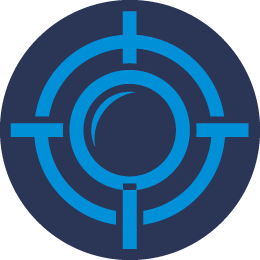Yellowjacket Extermination Costs
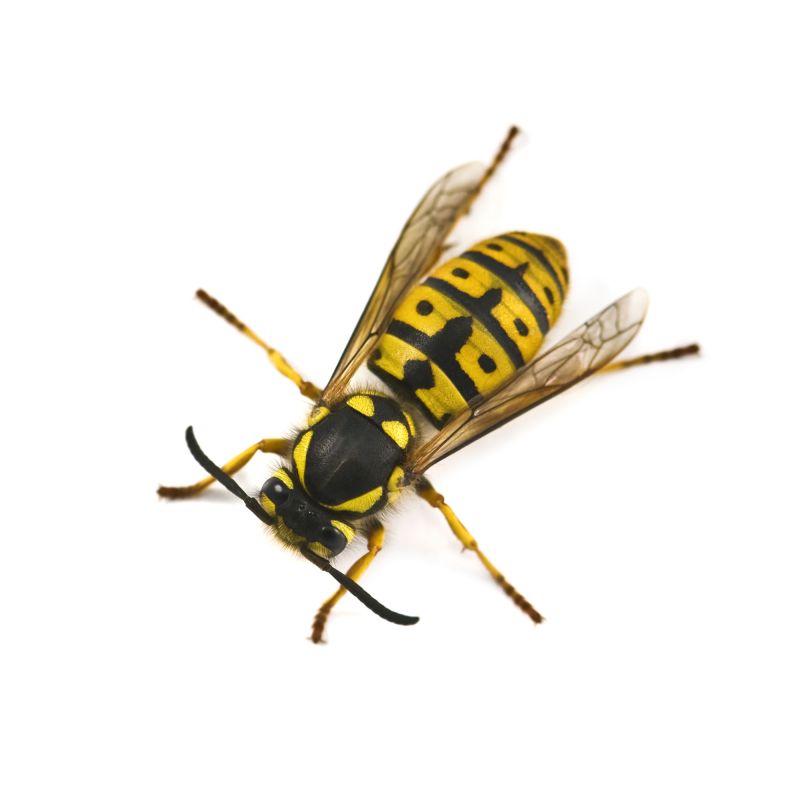
Larger colonies require more resources and time, increasing extermination costs.
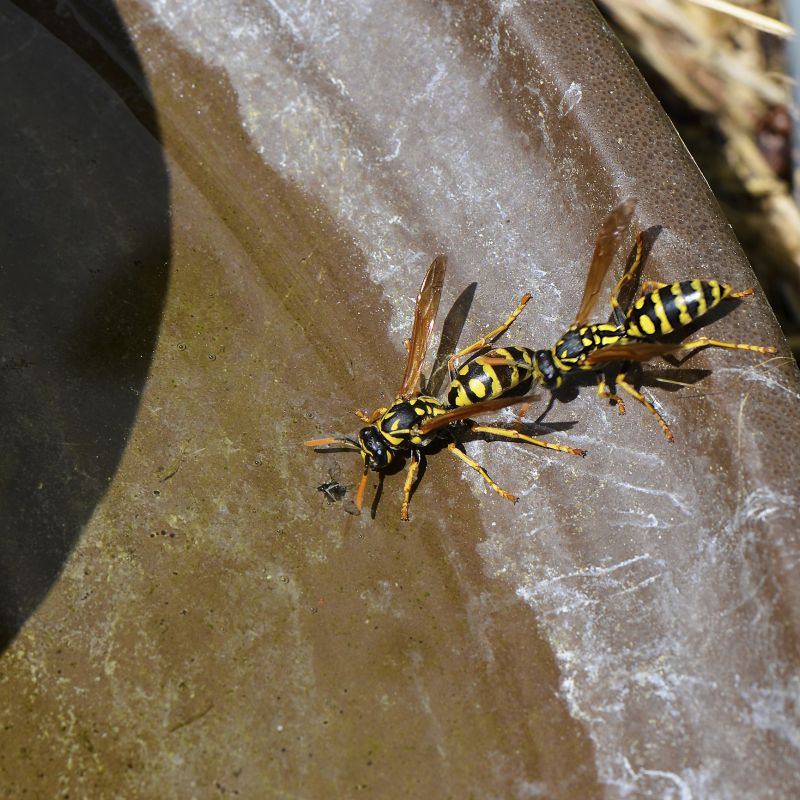
Nests in hard-to-reach areas or within structures tend to elevate service costs.
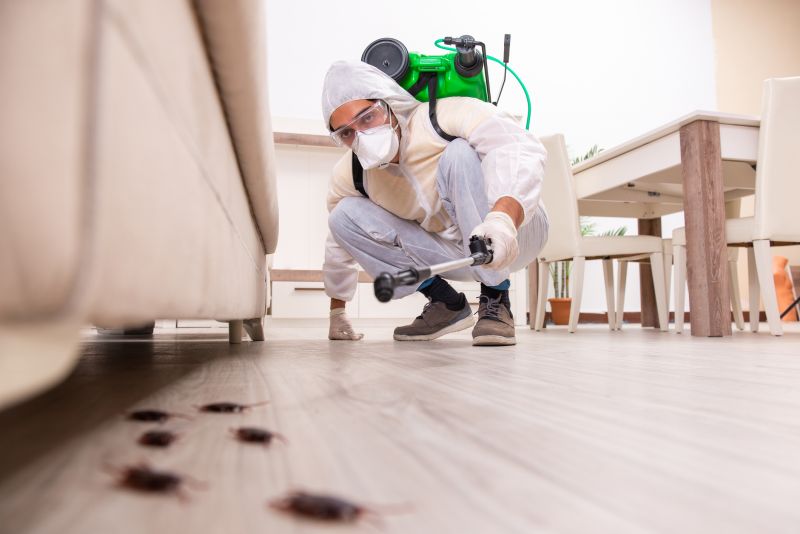
Different approaches, such as baiting or fumigation, vary in price depending on complexity.
| Factor | Impact on Cost |
|---|---|
| Colony Size | Small colonies are less expensive to treat than large ones. |
| Nest Location | Accessible nests cost less to treat; hidden or structural nests increase costs. |
| Treatment Type | Chemical treatments are generally more cost-effective than physical removal. |
| Property Size | Larger properties may require multiple treatments, raising total costs. |
| Urgency of Service | Emergency or same-day services tend to be more expensive. |
| Accessibility | Nests in difficult-to-access areas increase labor and equipment costs. |
| Geographic Location | Urban areas may incur higher service fees compared to rural locations. |
| Season | Peak season treatments might be priced higher due to demand. |
The cost of yellowjacket extermination services varies based on the specific circumstances of each infestation. Smaller, accessible nests in open areas can often be addressed at a lower price point, while complex cases involving structural nests or multiple colonies tend to incur higher costs. Proper assessment of the infestation's scope and location is essential for accurate pricing. It is advisable to obtain detailed estimates from professional pest control providers to understand the expected expenses based on the unique characteristics of the property and infestation.
Additional factors such as the time of year and the urgency of the service can also influence pricing. Scheduling treatments during off-peak periods may reduce costs, whereas emergency interventions during peak season can be more costly. Recognizing these variables enables property owners to plan accordingly and select appropriate treatment options suited to their budget and needs.
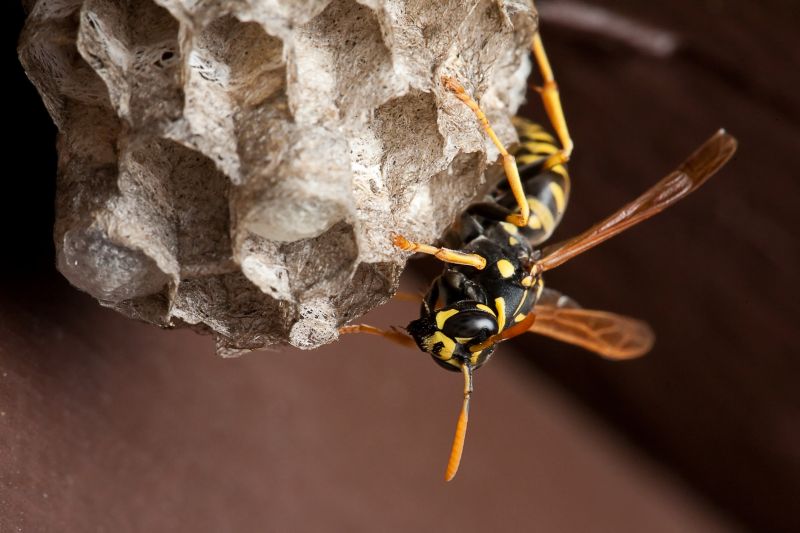
Nests within walls or attics often require specialized techniques, increasing costs.
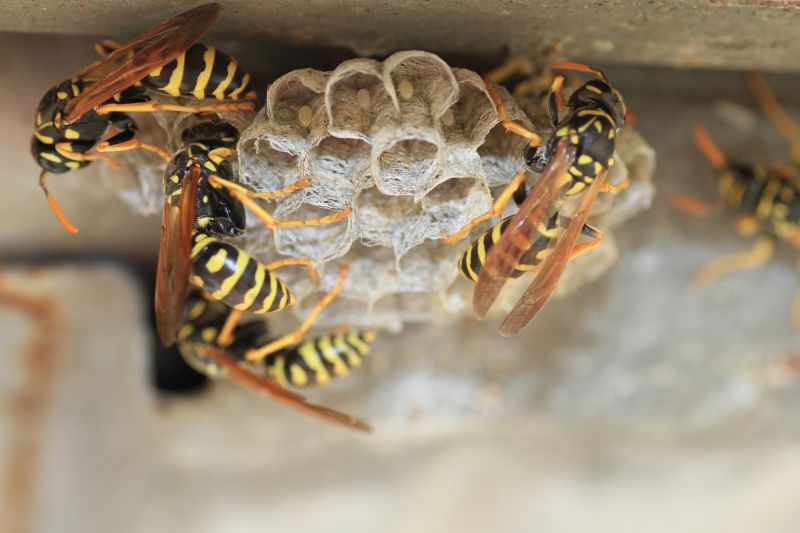
Easily accessible nests in open areas tend to be less costly to treat.
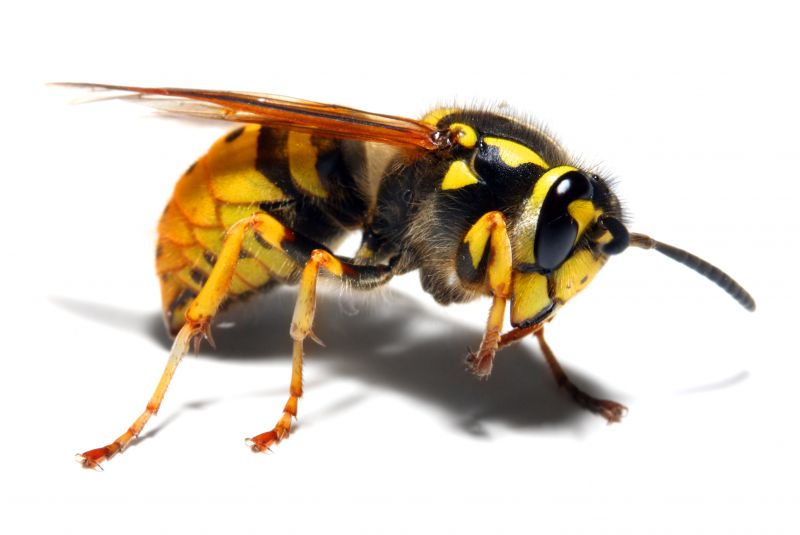
Presence of several colonies can significantly raise overall extermination expenses.
| Service Type | Average Cost |
|---|---|
| Basic Nest Treatment | $150 - $300 |
| Structural Nest Removal | $300 - $600 |
| Emergency Same-Day Service | $200 - $400 |
| Multiple Colony Treatment | $500 - $1000 |
| Spring Prevention Service | $100 - $250 |
| Seasonal Maintenance | $200 - $500 |
| Inspection and Assessment | $100 - $200 |
| Post-Treatment Monitoring | $100 - $200 |
| Custom Treatment Plans | $250 and up |
| Interior Nest Removal | $400 - $800 |
Property owners are encouraged to seek detailed estimates from licensed pest control professionals to understand the scope of work and associated costs. Regular inspections and preventative measures can also help mitigate future expenses by addressing potential infestations early. Proper planning and expert consultation ensure effective management of yellowjacket colonies with appropriate budgeting.
